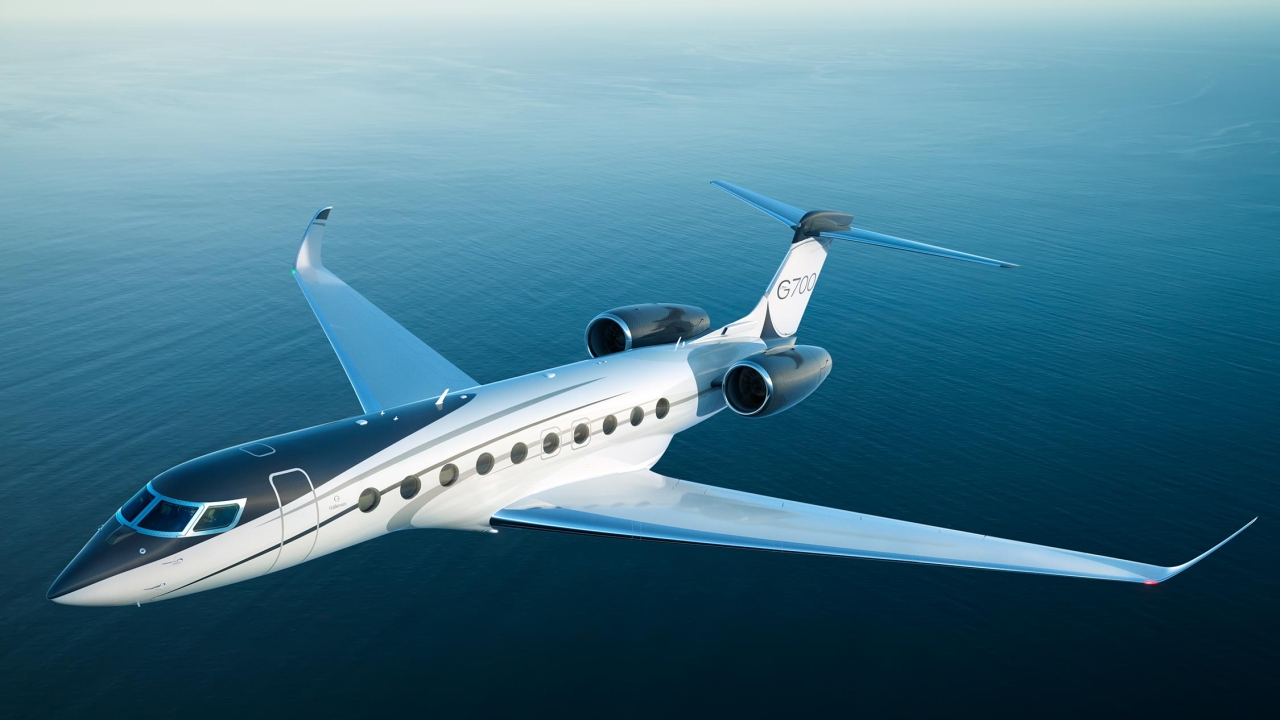Bombardier just the ticket for distancing...
Bombardier’s new CEO, Éric Martel, believes that the current coronavirus crisis will have a positive impact on the business jet business. The company has great expectations regarding the Middle East market, especially for the long-range Global family.

Picture: Bombardier
Covid-19 pandemic has presented industry-wide challenges that will, no doubt, change the way people travel. Vincent Chappard reports.
Éric Martel, who officially took command of Bombardier last April, has the daunting task of driving the Canadian manufacturer’s new development strategy to reshape the company’s capital structure and restore confidence.
The sale of its Q400 turboprop to Viking Air, its CRJ regional jets to Mitsubishi, and the deal between Airbus and the Québec Government on the A220 programme (formerly CSeries), has marked Bombardier’s exit from commercial aviation.
The company is also expecting to sell its aerostructure business to Spirit AeroSystems Holdings.
These bold decisions were taken to stop the financial bleeding and falling stock prices.
Now, however, the plan to concentrate solely on business jets seems less risky, as business aviation is reacting better than its commercial rivals to the current global crisis.
“While it’s too early to make any long-term projections, business jet traffic is recovering at a faster rate than commercial. Encouragingly, Bombardier has seen limited order cancellations and new interest in private air travel is generating lots of attention from a sales perspective,” said Christophe Degoumois, vice president of sales, international, Bombardier Business Aircraft.
According to him, business jet travel is particularly attractive during the pandemic as passengers look for ways to avoid the crowds at large airports and the restricted personal space aboard commercial aircraft.
“Bombardier business jets, with their spacious cabins designed around wellness, are an ideal alternative,” he said.
“In addition to being well ventilated, our aircraft allow for separation of crew and passengers via pocket doors, low passenger density, and physical distancing of passengers.”
Bombardier has delivered the first Global 7500 with the dual head-up display (HUD) capability, which provides additional safety and redundancy during low-visibility approaches. The sophisticated HUD is equipped with enhanced and synthetic vision systems for optimal situational awareness. Degoumois said: “The Global 7500 aircraft is the industry flagship, easily outpacing the competition.”
With its new development strategy and innovative products, Bombardier wants to capture the Middle East market.
The company is well positioned to concentrate its activities around business aviation, with a diverse jet portfolio.
It is also growing its customer service footprint, and offering a wide range of solutions for special-mission aircraft based on its platforms.
“The Middle East is a very promising market for us, with our broad portfolio of aircraft that are ideally suited to the needs of customers based in the region,” said Degoumois. “In particular, the long-range Global family of business jets, with their large cabins and best-in-class ranges, which can take busy customers to more cities around the world non-stop, offer the most comfortable and productive flight experiences, featuring Bombardier’s signature smooth ride technology.”
Given the global pandemic, Bombardier is currently evaluating the extent of its participation in industry events like the MEBAA Show in Dubai, which has now been postponed to February 2021.
“We are giving careful consideration to our participation, while at the same time exploring different ways to connect with current and potential customers in different regions,” explained Degoumois.
The pandemic has had a huge impact on the company’s cashflow and the aerospace component-manufacturing segment, with job cuts and a fall in orders.
Nevertheless, Bombardier is positioned for growth through certification and the ramp-up of new programmes, and service network expansion.
According to the second quarter financial report, “as operations recover in the second half of the year, aircraft deliveries are set to accelerate relative to the first half of the year, towards a seasonal peak in the fourth quarter supported by aviation’s $12.9 billion backlog”.
Stay up to date
Subscribe to the free Times Aerospace newsletter and receive the latest content every week. We'll never share your email address.

